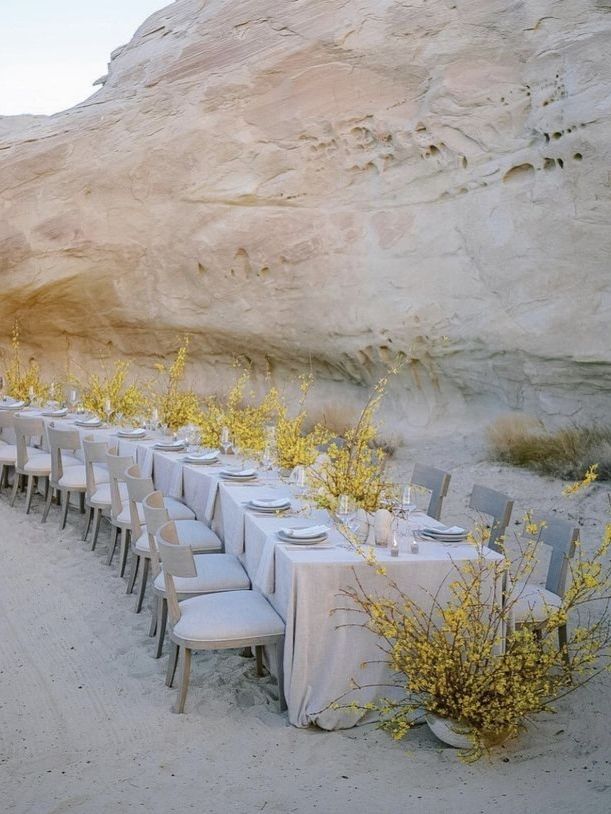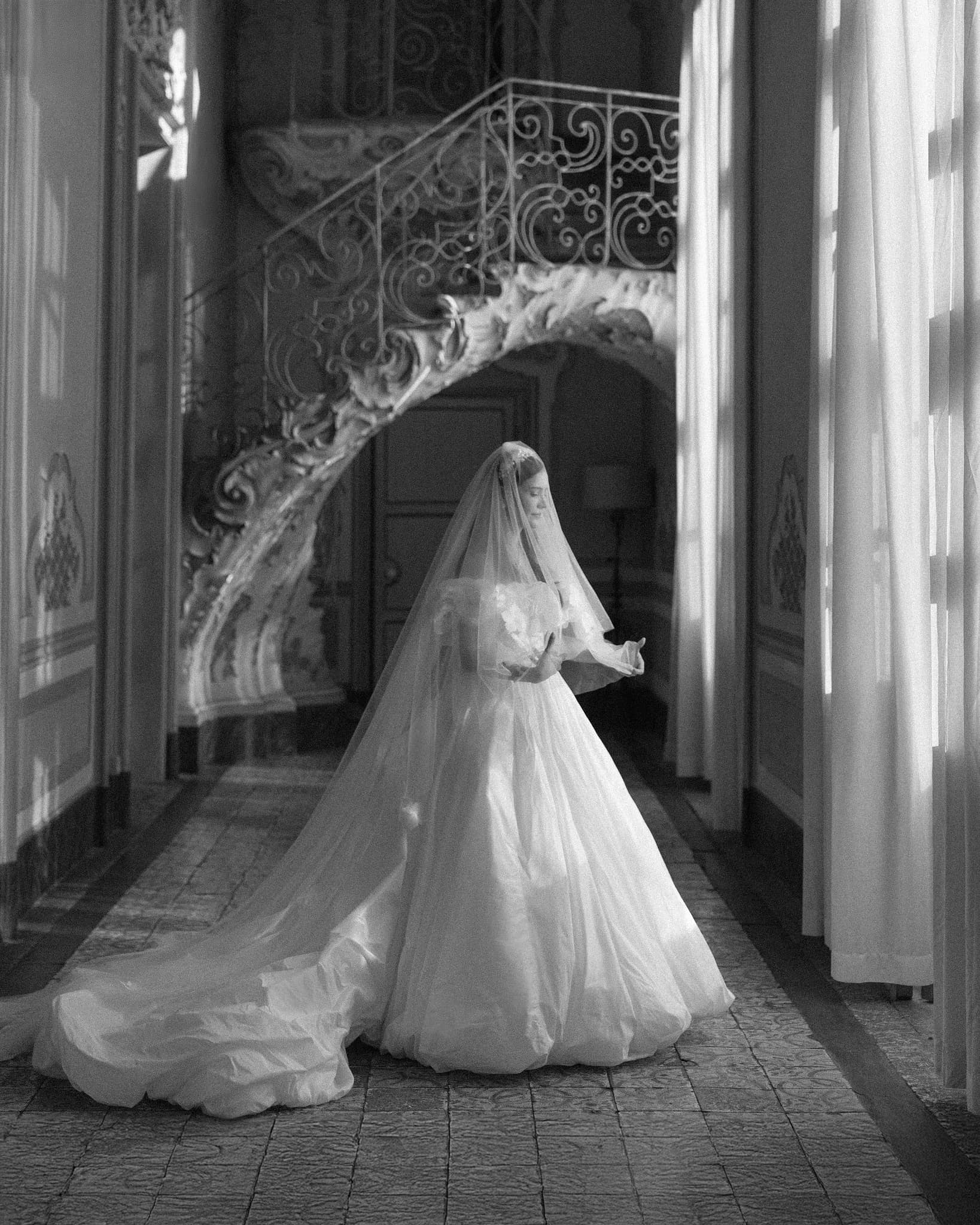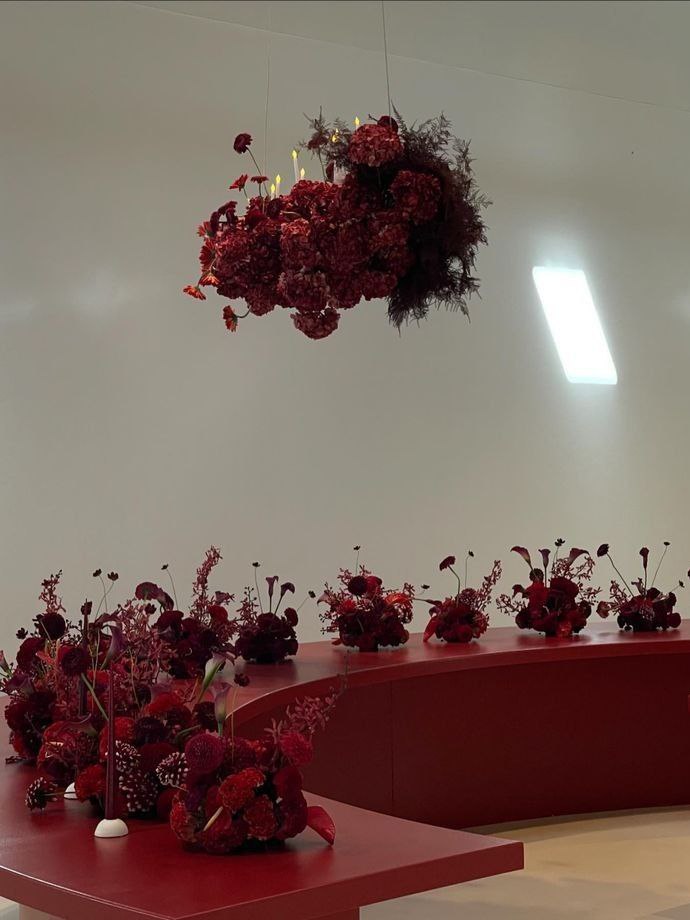The Story Behind Proposing on One Knee
- Author: Natali Grace Levine
- Reading time: 3 min 22 sec
- Publication date: 12/10/2024
- Updated: 08/15/2025
The act of proposing on one knee has become a universally recognized symbol of love, respect, and devotion. Whether in a bustling city square or a quiet, intimate setting, the moment a partner kneels to ask for a lifetime together carries profound emotional weight. But where does this cherished tradition originate? And why does it continue to hold such significance in modern times? Let’s see!

Historical Origins: A Gesture Born of Chivalry and Loyalty
The tradition of kneeling during a proposal traces its roots back to medieval Europe, a time when chivalry governed social interactions. Knights would kneel before their lords as a sign of loyalty, respect, and submission. This act wasn’t limited to feudal ceremonies; knights also knelt in reverence to noblewomen, expressing adoration and pledging their service.
In religious contexts, kneeling was—and still is—a gesture of humility and devotion, often used during prayers and ceremonies. Combining these elements, the act of kneeling during a proposal symbolized both the suitor’s deep respect for their partner and the solemnity of their vow.
By the Victorian era, as romantic love became more central to marriage, kneeling proposals became an enduring custom, representing not only chivalry but also a dramatic, heartfelt declaration of love.
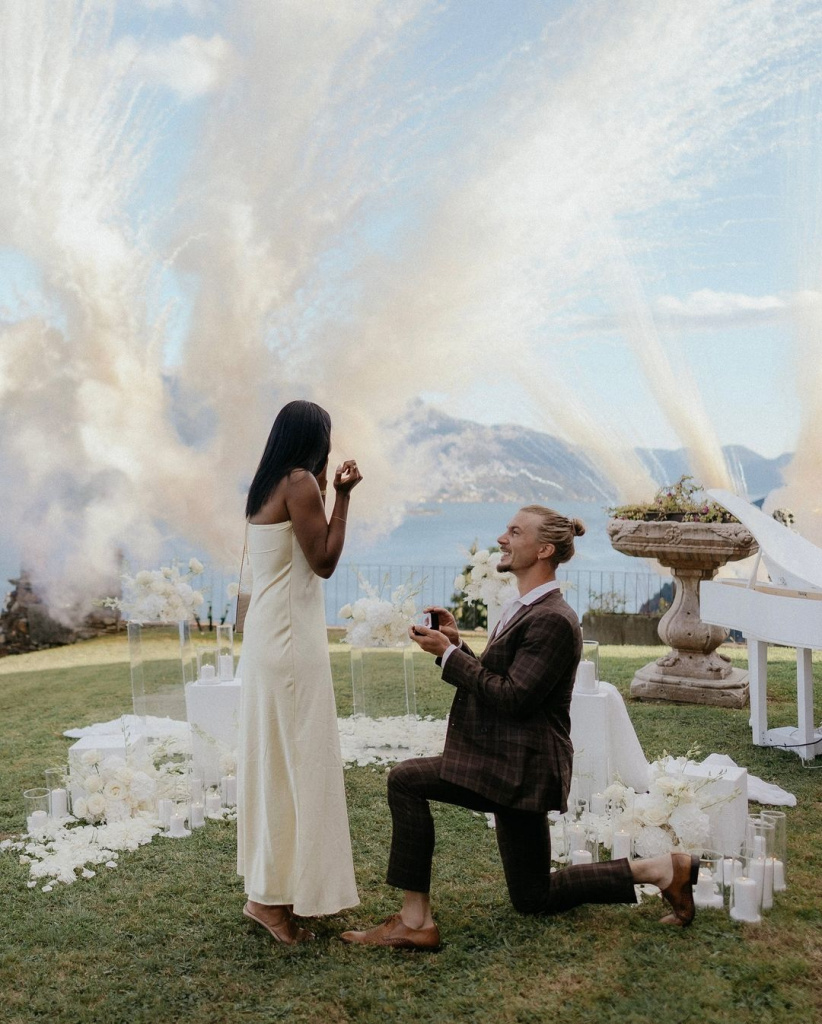

Evolution Through Time: From Tradition to Modern Meaning
While the core idea of proposing on one knee has remained relatively unchanged, its meaning has evolved alongside societal shifts. In earlier centuries, proposals were often practical arrangements between families, with little room for personal romance. Today, however, the proposal is a deeply personal milestone, reflecting the unique dynamics of the couple’s relationship.
Modern proposals often mix tradition with creativity. From surprise flash mobs to intimate settings under the stars, the act of kneeling has become a canvas for individuality. Yet, despite the creativity, the symbolic weight of the gesture endures, bridging centuries of history with contemporary love stories.
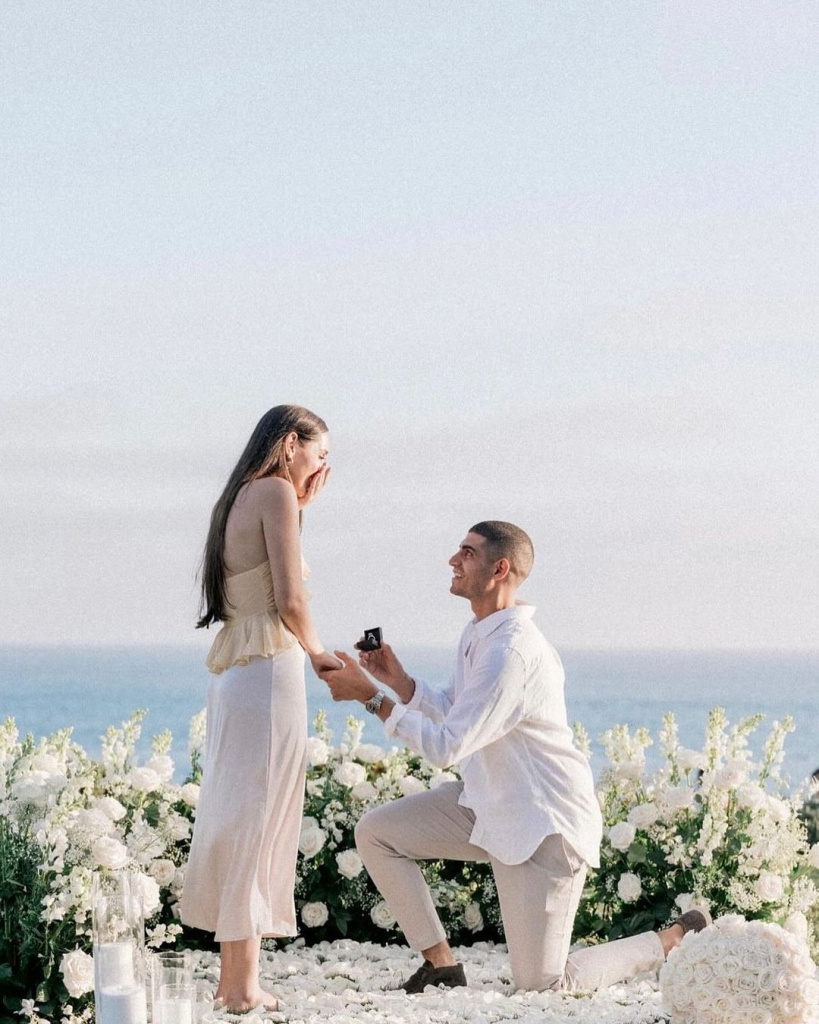

Cultural Variations: How Proposals Differ Around the World
While the one-knee proposal is iconic in Western cultures, traditions vary globally, reflecting diverse expressions of love and commitment:
- Japan: Rather than verbal proposals, couples exchange gifts, often with practical symbolism. Presenting an engagement ring is becoming more common, but the emphasis is on quiet, mutual understanding.
- India: Proposals often involve families and are deeply tied to cultural rituals. Symbolic acts, like offering sweets or traditional gifts, may replace the kneeling gesture.
- Ghana: Traditional proposals include the "knocking ceremony," where the suitor’s family visits the bride’s home to formally express their intentions, blending romance with familial respect.
- China: In modern Chinese proposals, grand public displays have gained popularity, but historically, proposals involved familial arrangements rather than individual gestures.
- New Zealand: In Māori culture, carving a personal "taonga" (treasure) like a necklace or pendant can serve as a profound and symbolic proposal.
These cultural nuances highlight that while the traditions differ, the universal thread of love and commitment remains constant.

Breaking Tradition: Alternatives to Proposing on One Knee
While the act of kneeling during a proposal is steeped in tradition and romance, not every couple feels it aligns with their personality or relationship style. For some, breaking away from convention allows for a more authentic and memorable moment. Whether it’s a nod to cultural values, a reflection of shared hobbies, or simply a desire to do something different, there are countless ways to propose that go beyond the classic one-knee gesture. Here are some innovative ideas to inspire a proposal as unique as your love story.
A Collaborative Proposal
Instead of one partner planning the proposal, why not make it a mutual decision and design the moment together? This approach emphasizes equality and partnership in your relationship. You can still make it special by choosing a meaningful activity, like visiting a favorite spot, creating a piece of art together, or sharing a heartfelt toast over a celebratory dinner.


A Symbolic Gesture
Replace the traditional kneeling gesture with one that holds personal significance. For instance, if you both love cooking, incorporate the proposal into a dish you make together. If you’re both book lovers, hide the question inside a book with a special inscription. These creative gestures can make the moment feel more aligned with your relationship’s unique vibe.
Proposing Without Words
If verbal declarations aren’t your style, let your actions or visuals do the talking. A proposal can be made through a heartfelt note, a banner or sign, or even an intricate sandcastle on the beach. This approach works particularly well for couples who value quiet, understated moments.


Reversing the Roles
Traditionally, the one proposing is expected to kneel, but who says it can’t be the other way around? Role-reversal proposals challenge outdated gender norms and can feel refreshing and empowering. This can be particularly meaningful for couples who prioritize equality and shared responsibilities in their relationship.
A Tech-Savvy Proposal
For the digitally inclined, consider using technology to make the moment memorable. Create a proposal website, a personalized app, or even a virtual reality experience. A video game-inspired proposal or a drone delivering the ring adds a modern twist to the timeless act of asking for forever.












